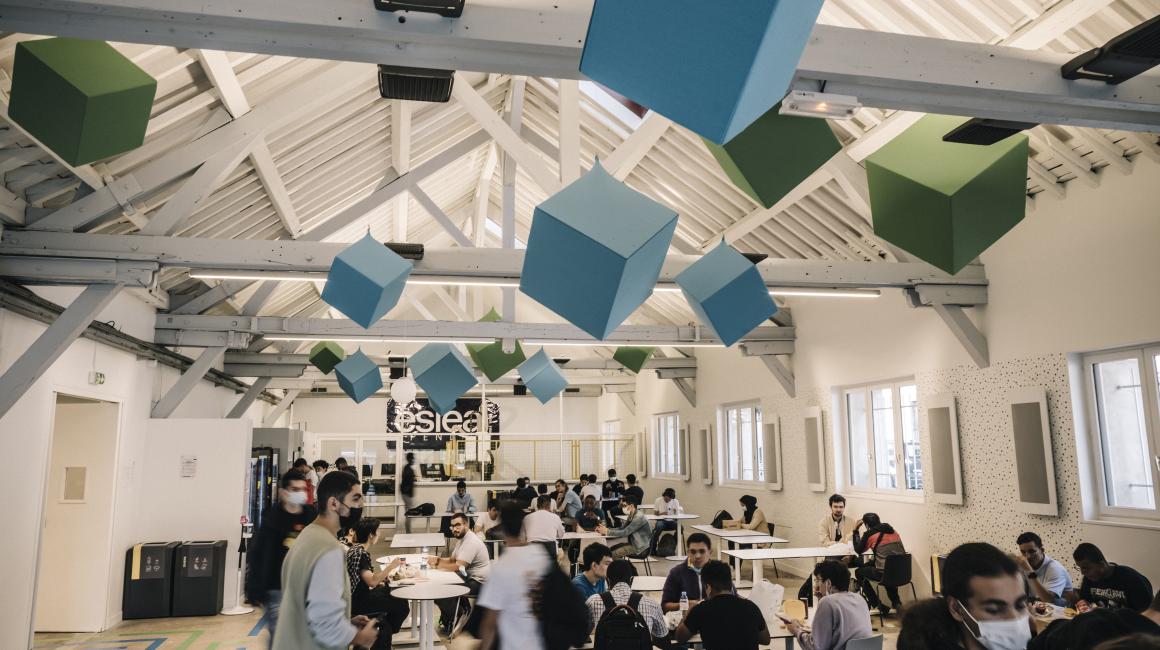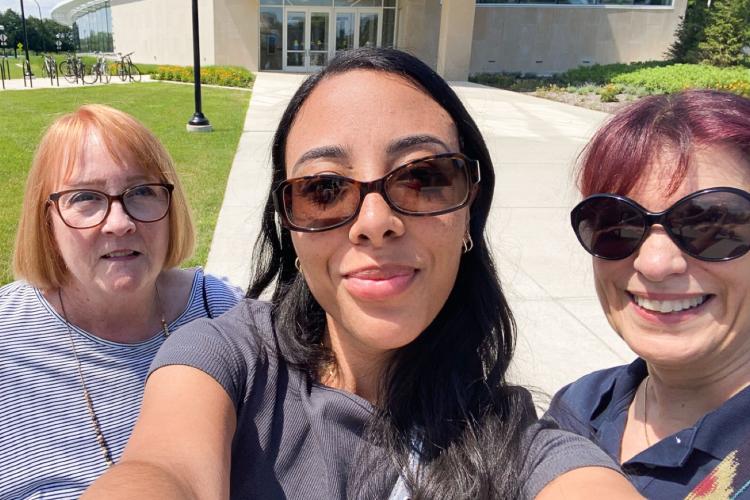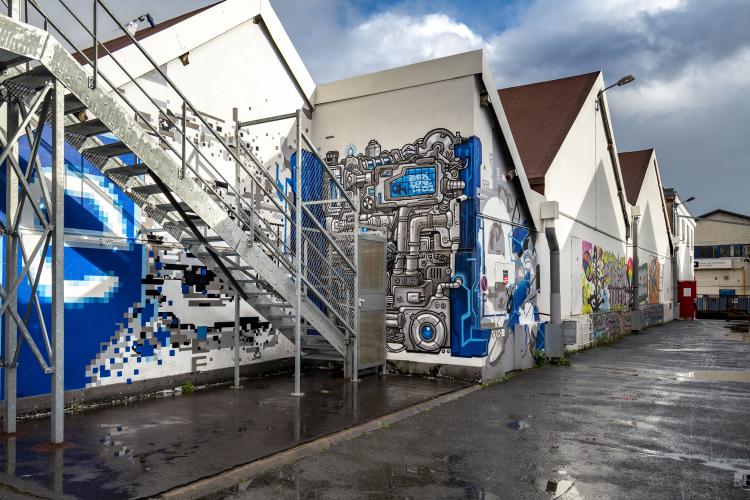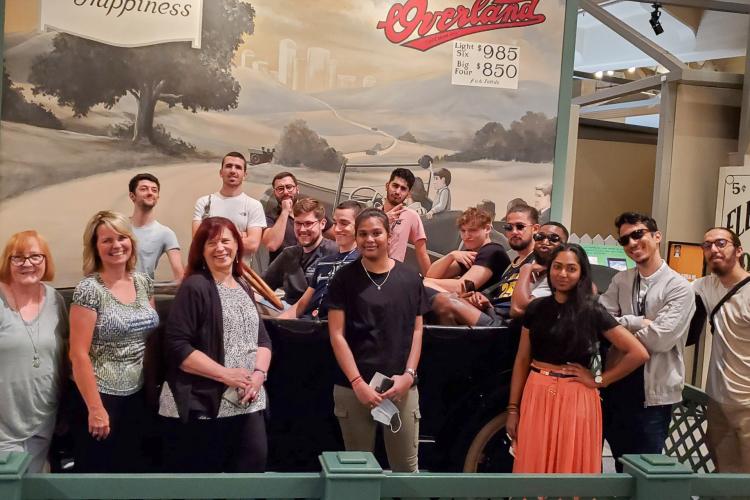
This summer, 27 French engineering students gave up their typical summer in France to spend four weeks in Dearborn, Michigan, and they couldn't have been more excited. Nothing against suburban Detroit, of course, but given we’re talking about a summer in France — and for students at the Paris campus, a summer in Paris — it does beg the question, why Dearborn? To understand how the students ended up here, and why their trip meant so much to them, it helps to first understand a little about the differences between the French and American engineering education systems. Here in the U.S., of course, engineering degrees are typically granted by universities, but in France, students attend special engineering schools apart from the university system. French schools also have a unique core requirement: Because so much engineering work is global in nature, and English has become close to a universal language in business, students are expected to have solid English language skills. If they don’t demonstrate a certain level of English proficiency on an exam like the TOEFL or TOEIC, they won’t get their degree. That’s how important English is viewed in the skillset of a French engineer.
Because of this requirement, French engineering students also have to have an educational experience abroad in a country where English is the primary language — which is ultimately what brought our new French acquaintances to Dearborn. When student Sarra Madad found out her cohort from the Ecole Supérieure d'Informatique, Electronique, Automatique (ESIEA) would be placed at a university just outside of Detroit, she was thrilled. “I think we had the best choice of all the choices that the students had,” Madad says. “We wanted to go as far as possible from our home, and nobody else from our school got to go to the United States. Also, Detroit is very famous in France. I don’t know why! But when we heard that we would be very near the city, we were joyful.”
She and the other students got settled in at the Union in late June and dug right into a packed four-week semester. The first three weeks, led by UM-Dearborn education lecturer and ESL specialist Geri Pappas, focused on language and cultural immersion. In addition to working on conversational English, they focused on expanding vocabulary relevant to engineering and business. For the cultural component, Pappas took them on several field trips: Highlights included visits to the Ann Arbor campus, the Henry Ford Museum of American Innovation and Belle Isle. (Madad says she and the other students also did lots of traveling on their own, including to Toronto, Chicago and northern Michigan.) Assistant Professor of Human-Centered Design Engineering Georges Ayoub, himself a product of the French engineering system, also joined them for a day to talk about PhD options in computer science and engineering. The fourth week consisted of an intensive one-week course on innovation and entrepreneurship in engineering, which was led by UM-Dearborn lecturer, inventor and former Hewlett Packard Fellow and Vice President Kas Kasravi. In a short time, they covered a lot of ground — from how to use Amazon retail data and patent searches to find marketable ideas, to strategies Silicon Valley startups use to pitch venture capitalists. The final project at the end of the week was to present a pitch for an app, web service or physical product that would sway a corporate leader or investor. Kasravi says they all knocked the assignment out of the park.
Madad says her time at UM-Dearborn had a different vibe than what students are used to in France. “The very first thing I have noticed is in the U.S., you are encouraged any time you try to do anything — even if you have the wrong response, you are encouraged,” she says. “In France, we have this saying — il n'y a rien à dire — ‘there is nothing to say.’ So if everything is good, no one says anything. In the U.S., you know your value, students talk to each other. We are not used to so much kindness, and it really pushed me to be a leader and take the next step to do the things I want to do.” In fact, following her experience, Madad and a friend are now working on three mobile apps, which they hope to patent and start developing in the next year. She’s also seriously considering enrolling in a doctoral program in the United States, with the ultimate dream of living and working in the U.S. or Canada. That wasn’t even on her radar three months ago.






